In the first week of January, I had a chance to join a half-day photography session with master photographer Ravi Dhingra, along with a select group of four more photographers from different parts of the country. The session was organized by Tamron India. Here is a collection of images made during the session. All photographs are made using a Tamron 24-70 f/2.8 VC lens.
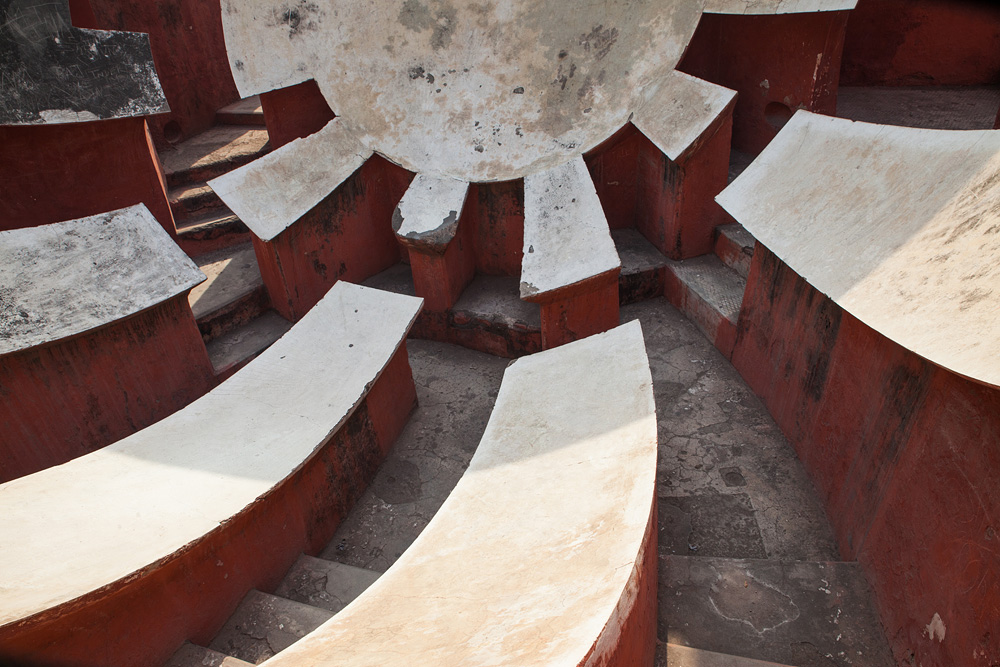
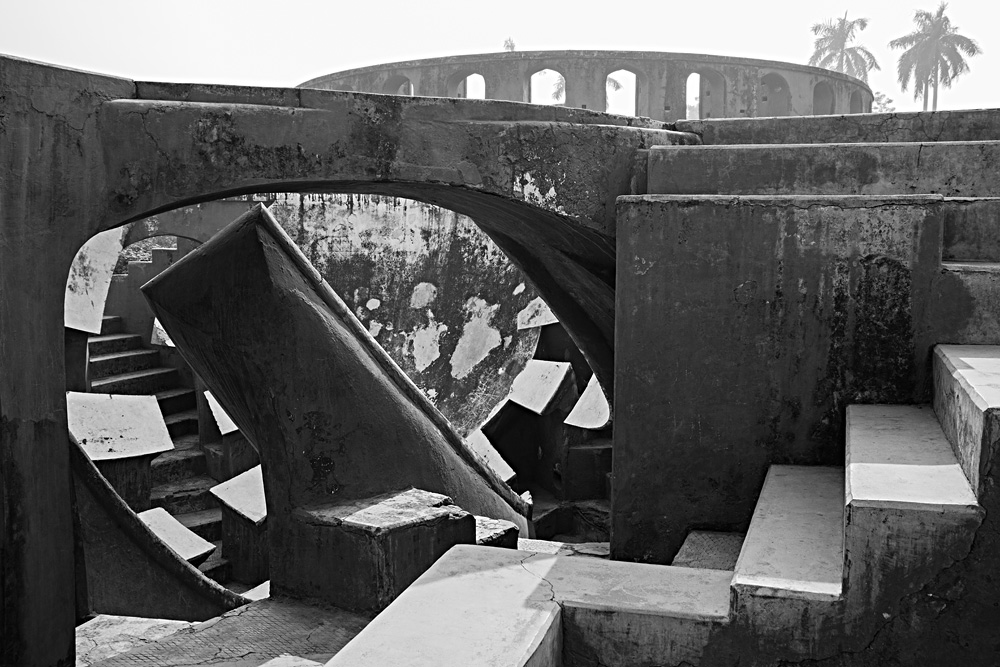
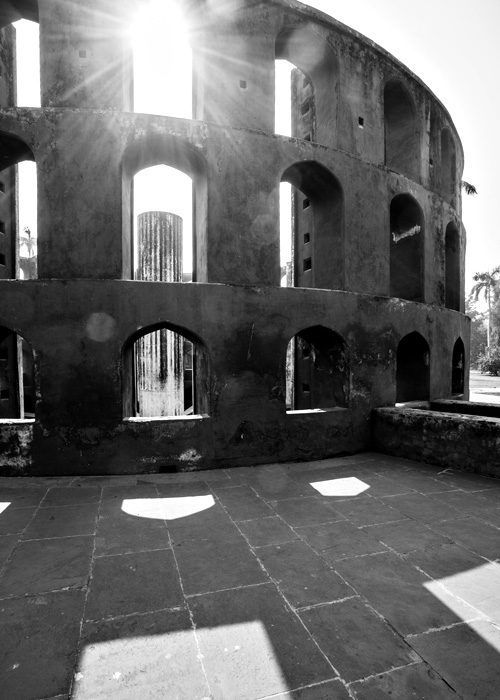
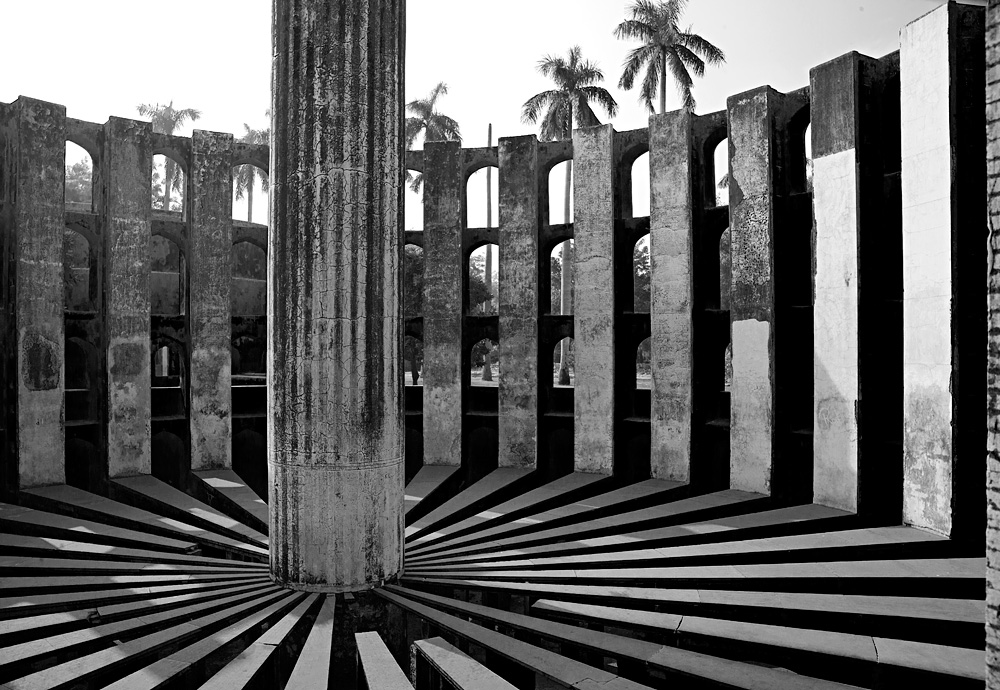
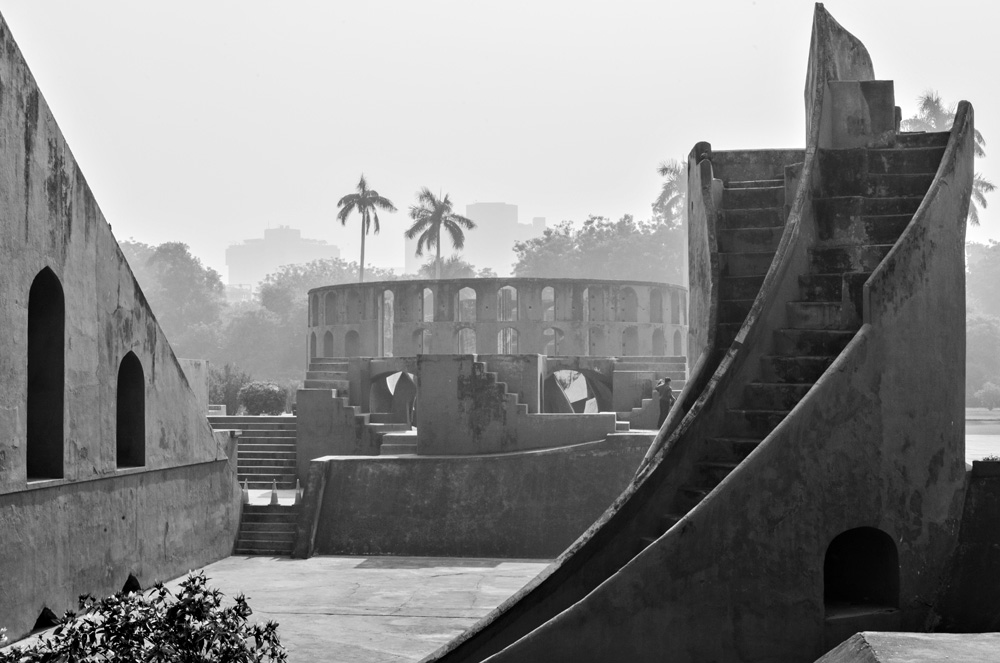
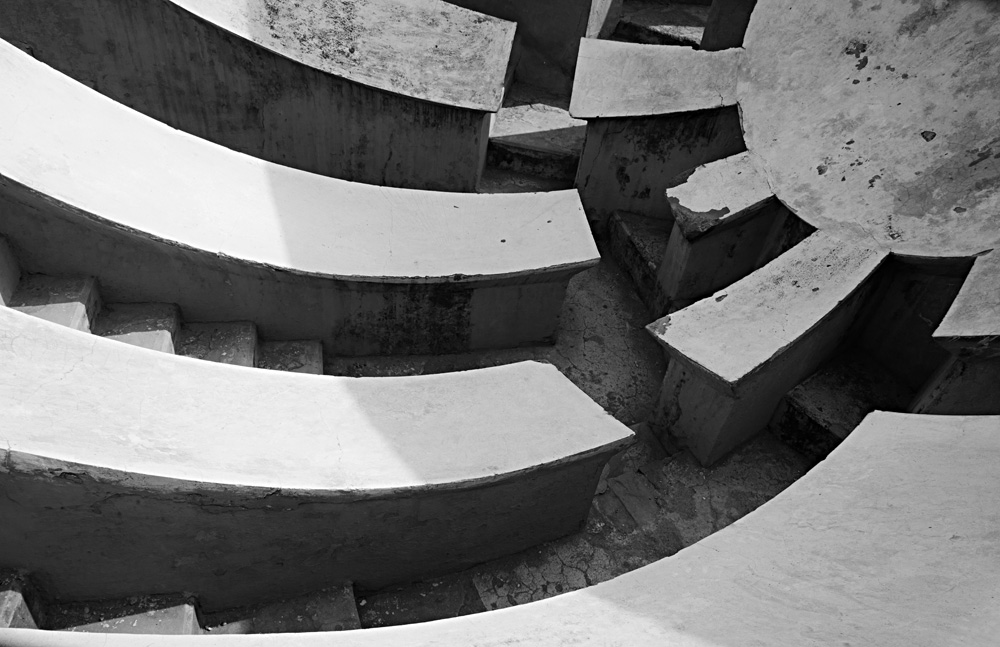
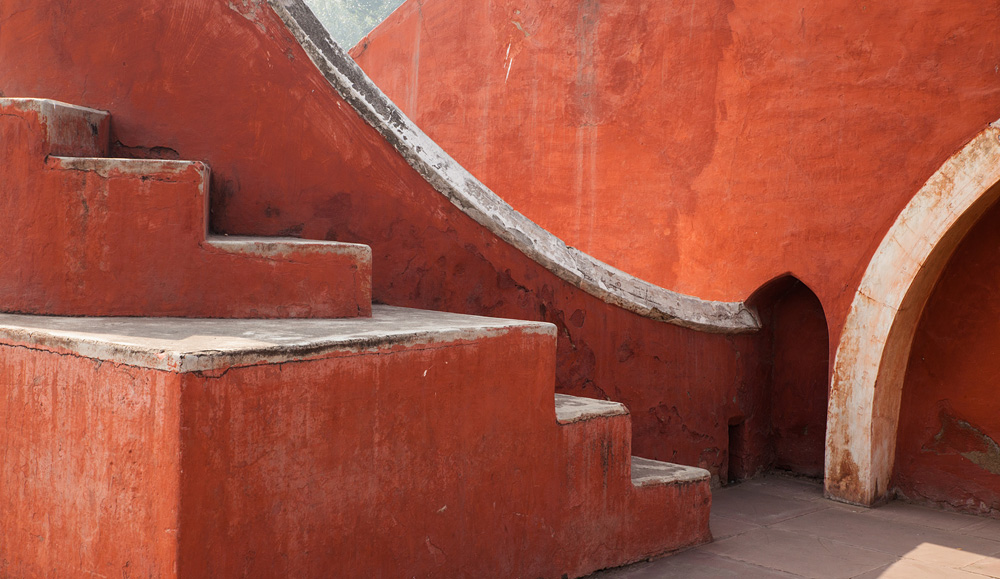
Also see: Our photography tour to Ladakh in winter.
The pilot aligned the aircraft along the east-west direction of the Indus Valley before he reduced altitude. The aircraft gently zig-zagged in the sky, tracing the path of the azure river at the valley floor. With 6000 meter-high mountains rising steeply on either sides, the only way to descend into Leh was through the long-running trough of Indus River. From up in the sky, we followed the path of the river for a few minutes. When we had descended well below the altitude of the peaks that dominated the landscape, a steep U-turn at the widest part of the valley allowed us to make the final descent. We had arrived in Leh.
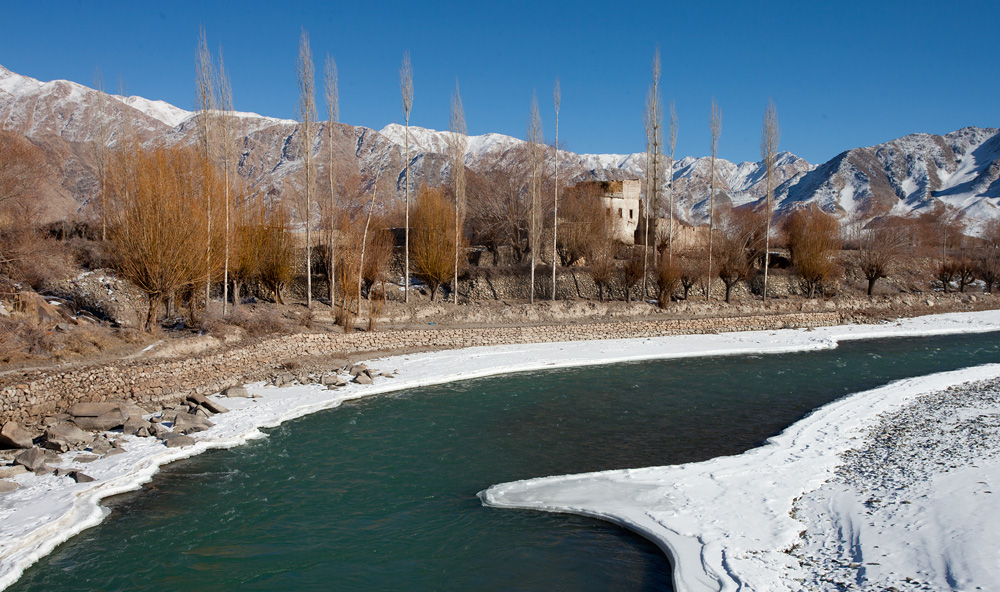
We taxied out of the runaway as the cabin crew made the usual announcements. For some reason, they decided not to mention the outside temperature, perhaps with a goodwill to let us stay comfortably in the warmth of the aircraft without worrying about the harsh weather that awaited us. It must have been anywhere between five to ten degrees below zero that morning, a comfortable day by local standards in winter.
A wave of cold pricked my face as soon as I stepped out of the aircraft. I was well protected with multiple layers of warm clothes that covered much of my body – good enough to help me survive the cold but never enough to make me feel cozy. Airline staff rushed us to the awaiting bus, asking us not to stay out for long. The bus, quickly filled up with passengers, took us to the terminal with much needed central heating. Out from the airport, it was again a short hop exposed to the cold before we were whisked away to our guesthouse in a waiting vehicle. It was a similar story on reaching the guesthouse, where we quickly got off the car and rushed into the warm interiors.
This was my fourth visit to Ladakh in as many years and a second one in winter months. Although temperatures never rose above the freezing point, it was warm compared to my last visit in the same season. The mountains weren’t as thickly covered in ice as they were during my previous visit. There wasn’t any snow to be seen on the roads.
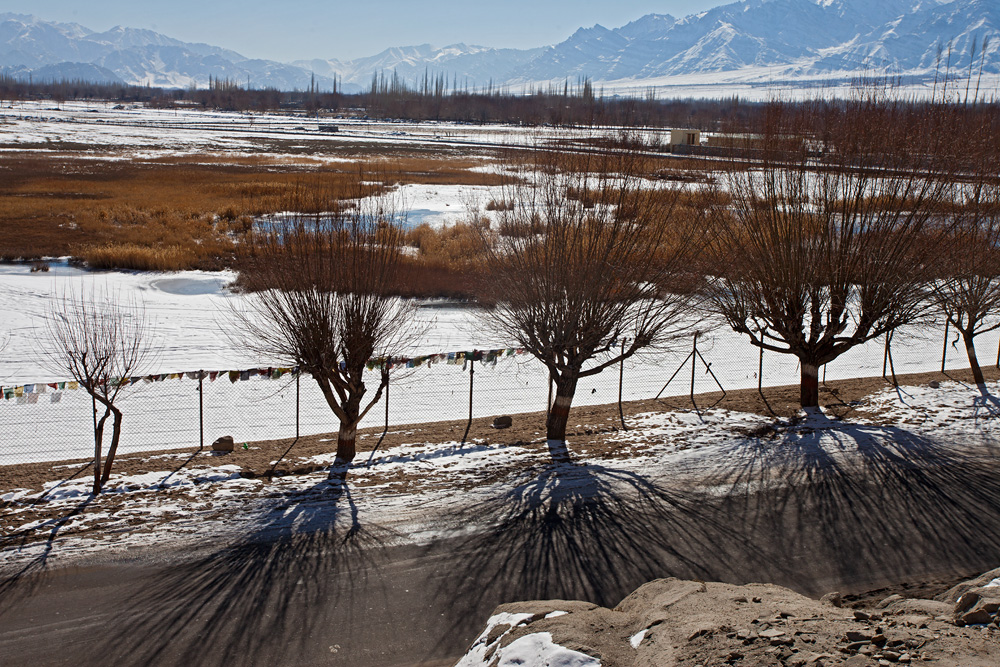
Compared to summer months, there were a few more things missing from the roads of Leh – vehicles and people. Falling mercury with the approach of winter had also brought a fall in tourist numbers. The shops selling curios, restaurants dishing out pizzas or Korean food, hotels of all sizes that dominate the landscape of Leh, the line of pigeon-hole enterprises with signs that announce “jeep safari, trekking,..” had all shut down until the next summer. Taxis that ferry the tourists had gone off the road. I peeked through a small enclosure with a sign that said ‘painteball arena’, only to see some clothes drying on a lane tied to poplar trees. ‘For six cold months, the busy tourist town goes silent. The few private vehicles occasionally seen on the roads belonged to the locals. The shops that stayed open catered to the residents and so did restaurants.
At ‘Friend’s Corner’, the most popular winter-time restaurant in the town, I saw only mongoloid-faced Ladakhis relishing on Thukpas and Chowmein. My host for the day’s lunch was Tundup, who runs a travel agency in Leh. He was spending his days mostly relaxed, but for some occasional planning for the upcoming summer rush. For the people of Ladakh, winter is a season for rest, festivities and merry making. The harsh winter weather doesn’t deter them; they are used to it.
A transition from summer to winter was also apparent in the landscape of Leh. The fields and gardens, which the people of the town and surrounding villages lovingly tend to, now stood brown and unattended. Poplar and willow trees had lost all their leaves. But the usually barren mountains had now come alive with a charming sprinkle of snow on their slopes.
It is this snow in the mountains and much larger deposits of it in the remote regions that has attracted me to Leh in winter. Two years ago, I had my first encounter with Ladakh’s winter over an expedition on the frozen Zanskar River, commonly called Chadar Trek. While I discovered how brutal the weather can get, I also fell in love in the snowy landscapes. I had now come back for more, to visit the frozen Pangong Lake and to drive on the snowfields that the eastern Changthang Plateau morphs into (more on these in another post).
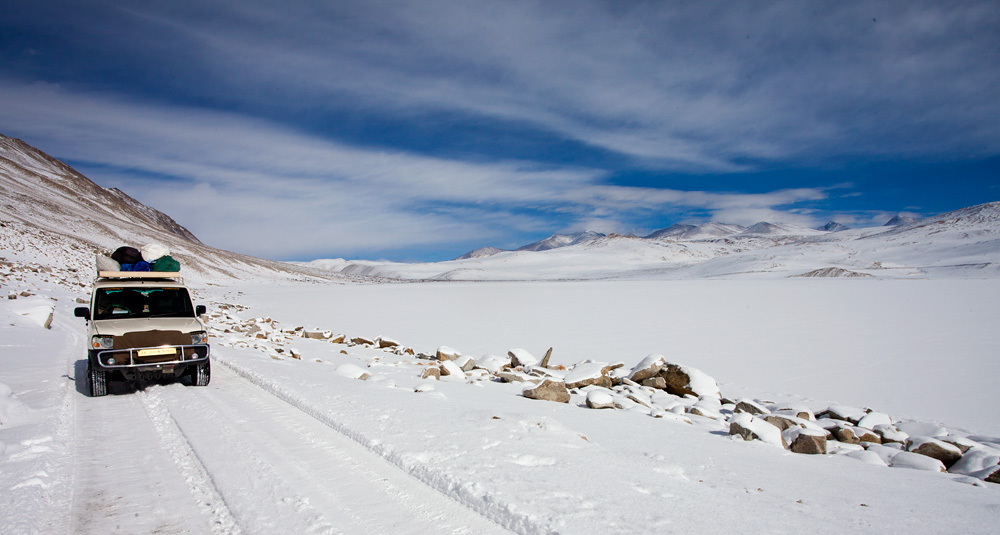
Roads filled with snow in Ladakh
So how is it, being in Leh in winter? It is a time of the year when you can’t take many things for granted, which you could have during a summer visit. It is important to plan for clothing elaborately, or you would find it hard even to get out of the airport. Most of the hotels remain closed, so it is essential to identify one that remain open, and book in advance. Those few that remain open necessarily offer heating, but almost no one will offer running water in the bathrooms (water freezes in the pipes). Only a handful of restaurants remain open in the main market, and finding one for dinner is not only a painful affair in the cold of the night, there will be even fewer that remain open compared to lunch time. Dinners almost always have to be at your hotel or guesthouse.
The roads in Ladakh, however, continue to stay open despite the harsh weather. Occasionally, snowbound high passes may be shutdown for a few days, but the Border Roads Organization works continuously to keep them open for vehicles. Visits to Pangong Lake (where temperatures dip to 30 below zero), Nubra Valley and Tso Moriri Lake continue to remain accessible.
The monasteries across Ladakh will also remain open, though most of the monks will be away and the activities will be reduced to a minimum. At Stakna Monastery, the only person we met was the caretaker-monk who was on duty , who opened the doors of the dukhang (prayer hall) for us. We moved quickly from prayer hall to the next temple and the next, unable to stand barefoot on a floor that seemed determined to freeze us. Outside the monastery, where it had just begun snowing, the village stood desolate as its people remained confined to the houses. Across the village, a deep blue Indus flowed gently, partially frozen on either sides.
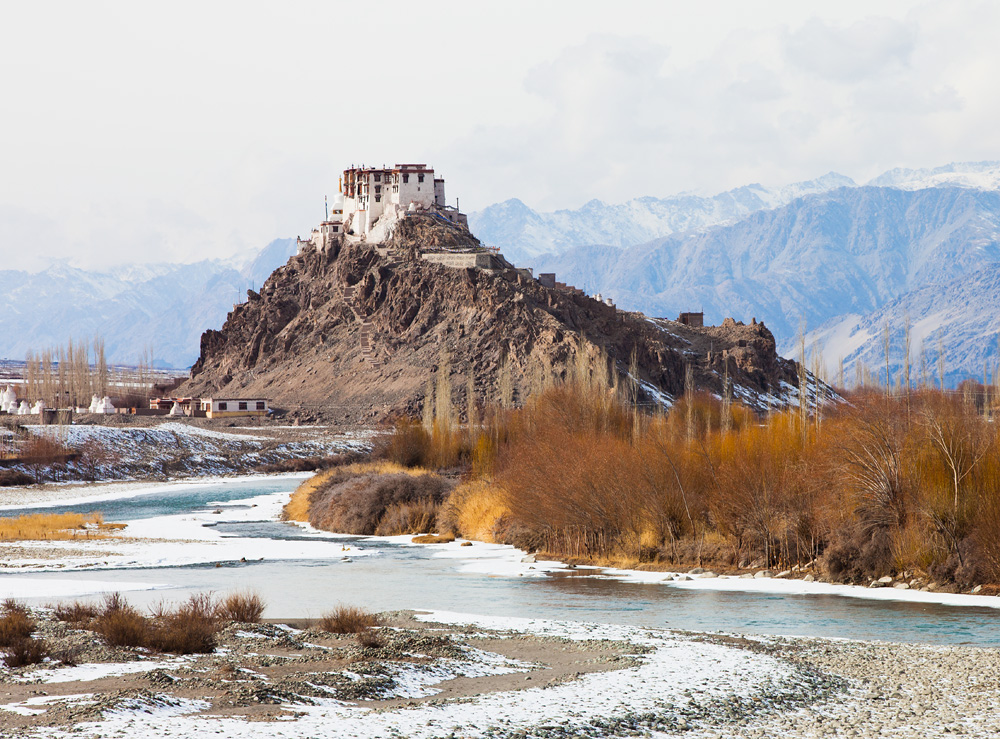
Indus River and Stakna Monastery
It was a similar story in Thiksey, where we were greeted to a near-empty monastery. As in Stakna, the only person we saw was the caretaker-monk. But in nearby Shey Village, it was a festival day with large gathering of people waiting to be blessed by the monks. We saw a congregation of a few thousands dressed at their best, patiently waiting for the activities to begin. Outside the monastery, many vendors had gathered, selling stuff as varied as ‘garam garam momos’, sun-dried apricots, ready-to-wear clothing and raw sheep wool.
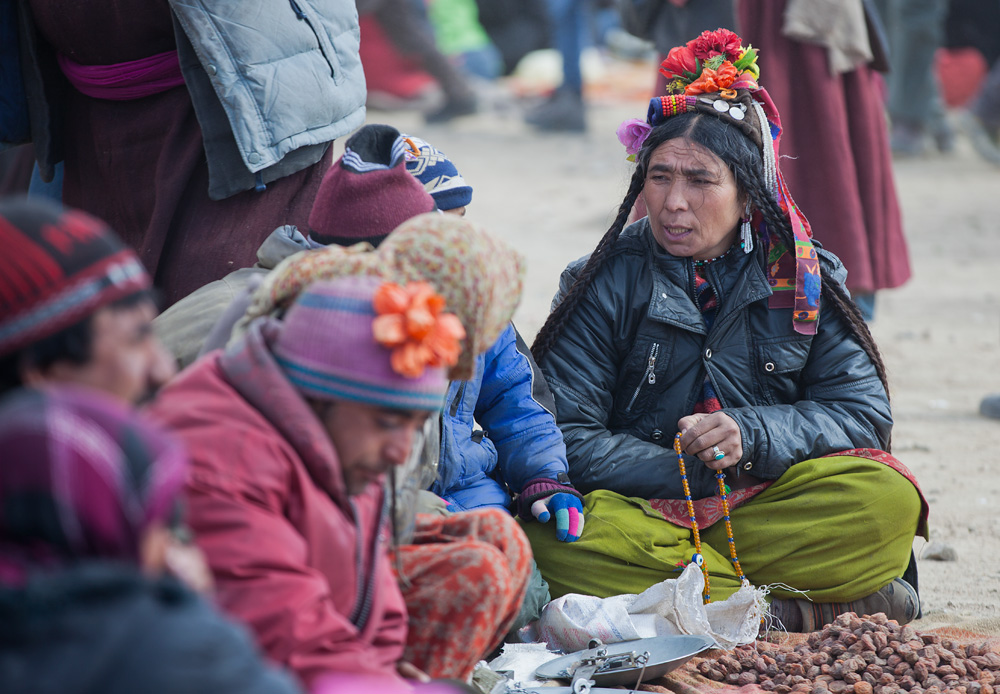
I bought some sun-dried apricots later in the day at Leh’s now quiet main-market. They tasted good, but were no match to the juicy apricots that you can simply pluck from a tree and relish during the summer days. There are many such pleasures that you can’t find in the winter months in Ladakh. Visitors have to endure the cold and live without the luxuries of summer. But the landscapes–snow-covered slopes, half-frozen rivers, fully frozen lakes, earth that looks like ice fields–are a splendid work of nature that can only be witnessed in this season.
In the past few months, I have been focusing my energies on connecting with people from the places that I travel to. There is a certain charm in knowing about the lives of people, how they grew up, their occupations and in connecting the story of the people with the character of the place. They are not well-known faces; they are not the local chieftain or celebrity types. You would not turn your head and look for a second time if you pass them on the street. But every one of them have a story to tell. And everyone has a story from which we can learn, expand and come back a little more evolved. My first conscious effort in this was a brush with Rakesh Baba from Rishikesh, a man who left everything and came here in search of peace.
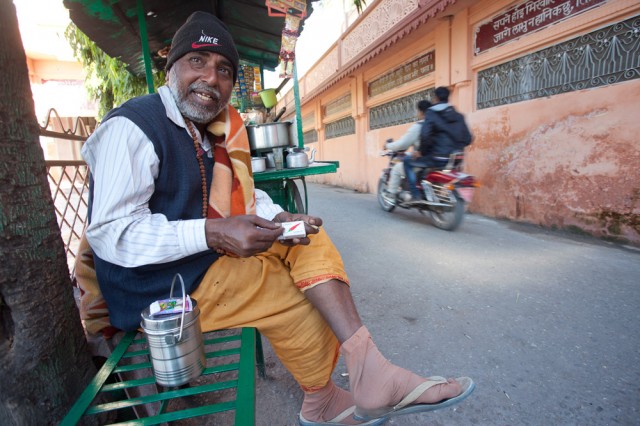
I met Rakesh Baba on a winter morning in Rishikesh. It was at one of the ghats leading to Ganga, where I saw him feeding leftover loaves of bread to a pair of dogs that happily wagged their tails behind him. We exchanged glances, and from my past experiences, I immediately knew what he would say next.
“baba ke liye chai pilado” – help baba for a cup of tea.
I had heard these words in several occasions during my earlier visits to Rishikesh. Unlike before, this time I was waiting for those words and hoping that it would become a conversation starter.
I nodded to baba in affirmative, and instead of the usual practice of handing over a coin, I offered to buy him a cup of tea. We walked together to a tea-cart on a narrow lane by the river and ordered for two cups of milky-sugary chai.
It was a pleasant and sunny morning in Rishikesh. I had arrived here the day before, after a rushed visit to Agra and Varanasi on work, hoping to spend much of my time relaxing by the river. Before I met the baba, I was sunning on the river bank with a book, indulging in a story as much as in the song of the gurgling river. It was a bright and sunny morning – the kind of day that is cherished during the winter months. A nip in the air was well-compensated by the shining sun. The day was perfectly scripted for spending by the river, a book in hand.
I was down a couple of chapters into the book when baba arrived on the scene, altering my plans. Over a cup of tea, it did not take much time for him to get talking. He spontaneously went on a monologue, telling the story of his life, unasked.
Rakesh-ji worked as a trucked driver during his life before babahood. He drove his truck along the length and breadth of the country, though he was confined to a few routes for a good part of his life. When he came to know that I was from Bangalore, he instantly named a few places in the city and talked about the big towns on the highway approaching Bangalore from north. Journeys in his truck had taken him to the mountains of the north, deserts of west, remote corners of the east and to the edge of the country in the south. His base was in Delhi, but work kept taking him across the country.
Driving trucks was a work of choice for Rakesh-ji, though he distinctly understood that it is not a coveted choice of career for most people. “My father is a retired magistrate in a Delhi court and my brother works in the police department,” he said, “I went to college, but I really wanted to become a truck driver.” His tone indicated that he wanted me to understand that he took to driving trucks not because he did not have any options.
Before he quit work and moved to Rishikesh to live the life of a baba, he had a family comprising his wife and a son. Rakesh-ji’s wife had died a few years back, while his son was married and worked in a bank. Life had probably settled to a predictable pace.
The moment of change arrived about two years ago, when his truck was rammed by a drunken driver on a highway somewhere in Gujarat. Rakesh-ji survived the accident, but the fingers of his left hand permanently lost their strength and he could no longer use them for any work. Driving trucks wasn’t possible either, so he had to quit driving and retire to his house in Delhi.
Troubles began with his retired life. Rakesh-ji’s son had picked up a drinking habit and wasn’t treating his wife and child well. Rakesh-ji was deeply upset and could not fathom the fact that his son had turned out this way. One day, he decided to leave home, without carrying any possessions whatsoever, and came to Rishikesh to live as a baba. He has been living here for nearly a year now, sleeping on a temple floor and depending on a dharmashala for food. He has a spiritual guru living in Moradabad, whom he visits whenever he wishes to. He hasn’t told his son about his whereabouts, but has kept in touch with his father and brother. He doesn’t think or worry much about his future, but hasn’t completely escaped his past as well.
There were several questions that kept coming to me throughout his narration. By this time, we had grown comfortable with each other for me to ask those questions. What happened after the accident? How did he find his way to Rishikesh? What keeps him here and what provokes him to live the life of a mendicant? Is he looking for solutions to his problems in another world? Some questions had answers, and some did not.
The accident and his son’s drinking habit were largely the reasons for change. The truck-owner paid for his hospitalization after the accident, but doctors could not revive his left hand. His days of driving trucks had to end, confining him to a retired life in Delhi. The fact that his son came home drunk everyday did not help much. Rakesh Baba deeply hated alcohol. Time and again, he would break his story to tell me that he could not imagine living with someone who had a drinking habit. “In all my years, I haven’t cultivated any habits except beedi and chai,” he told me again and again, “I never did drugs or alcohol and can not tolerate people who do.” I can’t remember how many times during our conversation did he emphasize on this dislike to alcohol. Sitting at home after the accident, it was hard on him to see his son coming home drunk. He decided to leave the house and head to Rishikesh. But like any parent, he would still spend nights thinking about his son and the family, deeply pained at times and perhaps wishing that things were different.
His time in Rishikesh was largely spent singing Bhajans with other babas, waiting for his share of food in the Dharmashala or making conversations over a beedi and chai in the lanes adjoining Ram Jhula. He was one of the lucky few who was allowed to sleep in a temple premises and did not have to spend the night on the streets. Yet, he was finding it hard to spend the winter nights with just one thin blanket and a couple of woolens that he possessed. He suffered from diabetes and was treating it with some kind of a traditional medication. He did not seem to be thinking much or get worried about his future, but largely lived his life one day at a time. His past, however, still haunted him.












